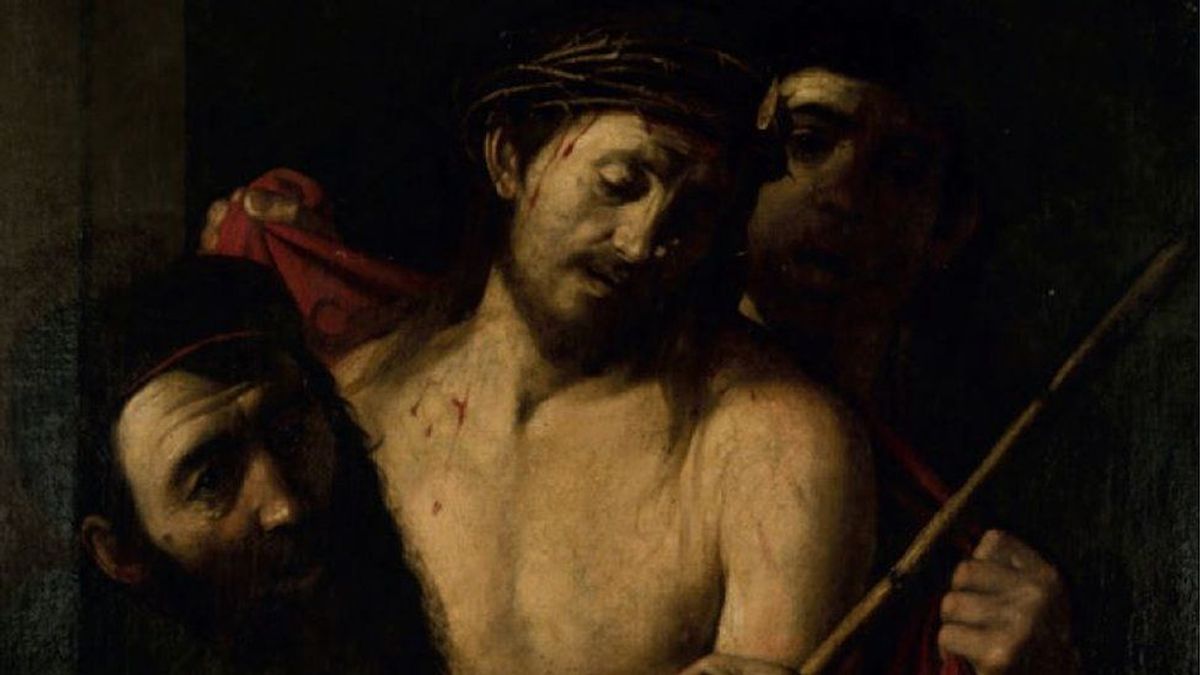Old Master specialists have cautiously welcomed the Spanish government’s decision to impose an export ban on a painting withdrawn from an auction in Madrid last week after Prado museum curators said there was “sufficient stylistic and documentary evidence” to suggest it could be an original Caravaggio, according to a statement from the Spanish culture ministry. The piece was due to go under the hammer at Ansorena auction house on 8 April with a guide price of just €1,500.
The culture minister, José Manuel Rodríguez Uribes, subsequently stepped in, requesting that the work be withdrawn from sale. “Given the speed at which all this has been happening, we now need a thorough technical and scientific study of the painting in question,” a source at the ministry told The Guardian. “There needs to be an academic debate about whether the Caravaggio attribution is plausible and accepted by the scientific community.”
The small-scale painting was included in the online catalogue of Ansorena with the title Crowning of Thorns and an attribution to the “circle of [the 17th-century Spanish artist] José de Ribera” (the auction house had not responded to a request for comment at the time of writing about the provenance).
“It could be that, in the end, it’s a painting by a disciple of Ribera, as it was said. But, in any case, our decision ... is very appropriate because the painting is very valuable,” said Uribes. “Hopefully it will be a Caravaggio.” He also referred to Spain missing out on another Caravaggio work which was acquired by the Cleveland Museum of Art more than 40 years ago.
A Caravaggio specialist who prefers to remain anonymous says that “Spain doesn't want to make another export mistake with Caravaggio; they allowed the export of Caravaggio's Crucifixion of St. Andrew in 1976. Caravaggio's late style was not fully understood at the time, but the attribution is fully accepted today.” The museum website says under provenance that the work comes from “an unidentified convent in Castilla, Spain”.
“It is of course always difficult to make a definitive judgment from a photograph, but yes this picture could be taken seriously,” says Eric Turquin, the Old Master paintings specialist who previously attributed Judith and Holofernes (around 1607) to Caravaggio.
“The head of Pilatus, for instance, which does look like a self-portrait seems to be very convincing and Rossella Vodret, who is a very respected art historian, has found a possible provenance for it which seems to fit. So yes, there are very good reasons to believe that this is a potential new Caravaggio, particularly [with] the brushstrokes. The very quick highlights on the nose of Pilatus together with the brown highlights around the face and the energy of the brushstrokes are very encouraging together with the unique quality of the red [colour],” he tells The Art Newspaper.


